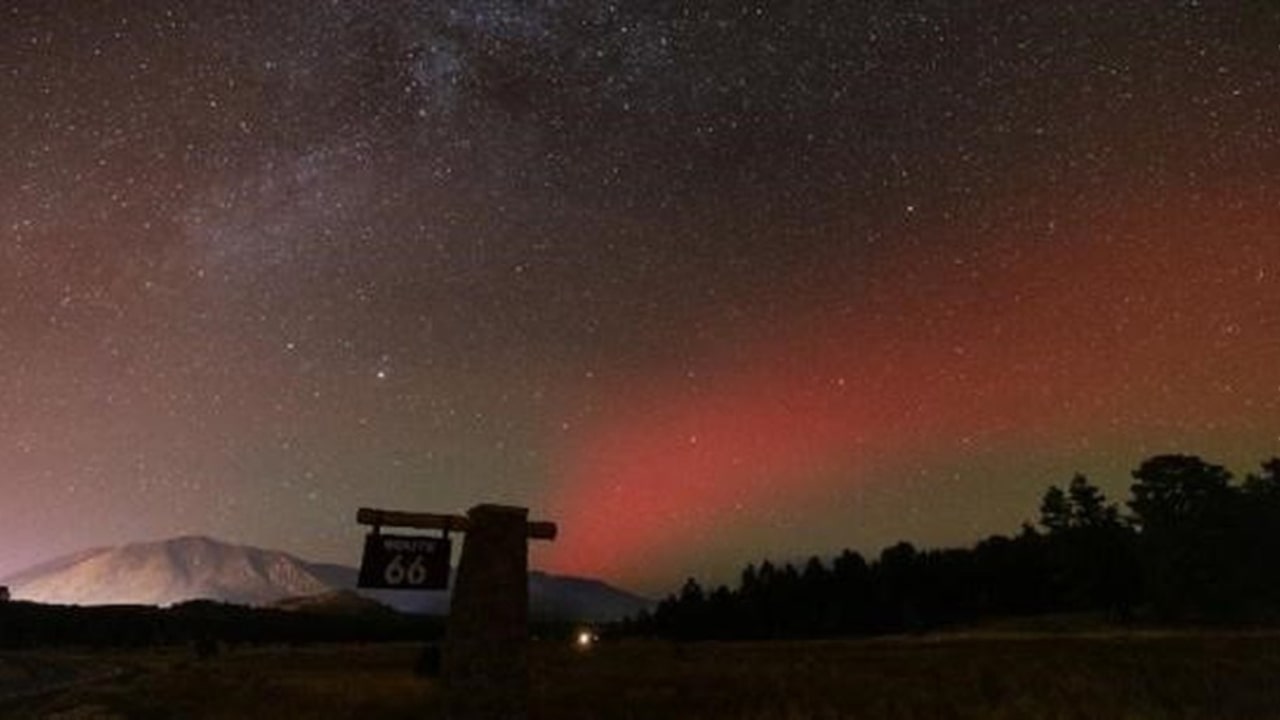Such astronomical events keep happening on Earth every day, seeing which even scientists are astonished. A similar incident was seen in Ladakh, India. Hanle and Merak observatories in Ladakh observed an unexpected but astonishing astronomical phenomenon. These observatories take pictures of the night sky. Recently, he has clicked such images in which rare red aurora is visible.
According to the Bengaluru-based Indian Institute of Astrophysics (IIA), a rare redness was seen in the sky on Sunday. They said it was caused by an unusually Stable Auroral Red (SAR) arc, a rare atmospheric phenomenon. This phenomenon colours the sky in bright shades of red instead of the green and blue light typically associated with auroras at higher altitudes.
IIA Bengaluru wrote on Twitter: “Red auroral activity, due to SAR phenomenon, was observed from our observatories at Hanle and Merak in Ladakh on November 5! This was caused by a geomagnetic storm caused by a solar storm. ”
The SAR event was triggered by a geometric storm on November 3. According to the IIA, the red aurora phenomenon appeared toward the northern horizon from 10 pm to midnight, with its intensity peaking around 10:39 pm.
Red auroral activity, attributed to a SAR event, was seen on 5 November from our observatories in Hanle and Merak in Ladakh! This was due to a geomagnetic storm caused by a solar storm #Aurora #RedAurora @dstindia @asipoec @cessi_iiserkol @dorje1974 @NASASun @spaceweather pic.twitter.com/BlsrMRif9j
— IIAstrophysics (@IIABengaluru) November 9, 2023
“Particles and magnetic fields from a solar storm that struck the Sun on November 3 collided with Earth’s magnetosphere, triggering a geomagnetic storm on November 5. Regular auroras occur at high latitudes, but this red one,” the institute said. The emission, caused by a ‘stationary auroral arc’, was even seen in Ladakh.
The institute also reported that “red emission from oxygen atoms in the upper atmosphere from a stable auroral arc due to a geomagnetic storm will be visible northward from Hanley and Merak for about two hours around 10:40 pm on November 5, 2023.” This SAR program was not just for Ladakh. The phenomenon was also observed in many locations worldwide, making it a global astronomical phenomenon.











